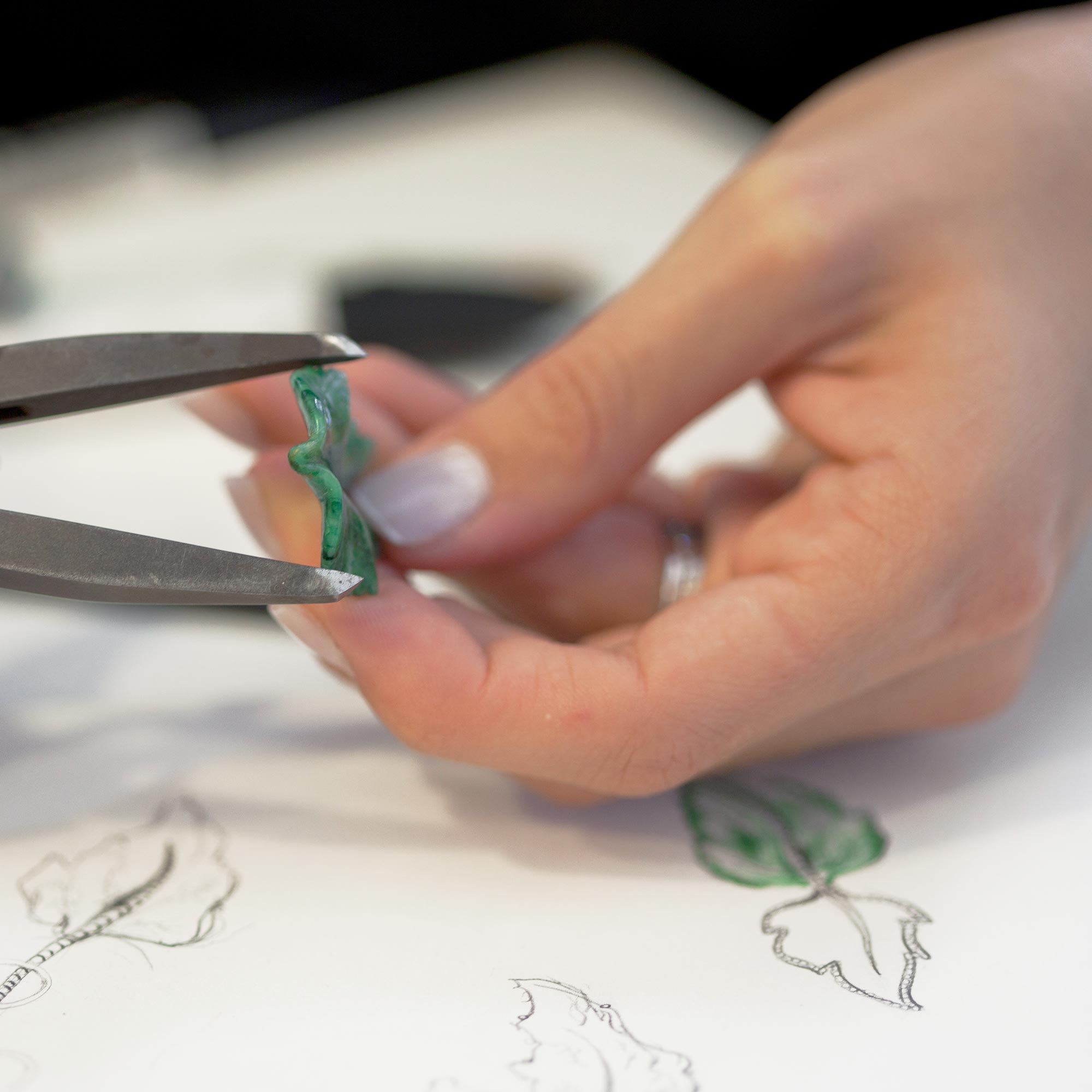Exporting to the US, what you need to know about trademarks
Intellectual property (IP) is a valuable asset that can support your business expansion abroad. IP laws are more or less harmonized worldwide, but there are still some country specific differences. While it is important to register your IP rights in Switzerland, you should be aware that such rights are territorial and they do not secure your rights outside of this country. Consequently, when having decided to export your products or services into the United States (US), it is important to know how to protect your IP rights in this country.
Register your trademark
In several countries, including in Switzerland, you obtain protection of your trademark through registration. This is known as the first-to-file principle. However, in the US, whoever starts using the trademark commercially is recognized as the legal right owner of that trademark. This is known as the first-to-use principle. It means that in case of a dispute between a registered trademark owner and an unregistered trademark owner, the right to the trademark will depend of whom of the two parties first started using it.
Trademark registration is therefore not a necessity in the US, but a registration holds several significant benefits. It will allow you to:
- use the ® symbol;
- claim damages in case of infringement by a third party, which in relation to unregistered trademarks can be more difficult;
- block others from obtaining registration of the same or a confusingly similar trademark;
- and obtain rights throughout the US if registered in the Federal register (not the State register) although unregistered trademark owners can only claim rights for the geographic locations where they actually sell their products or services.
Use your trademark
It is a requirement when filing a trademark application in the US to either prove use of the trademark or sign an attestation declaring your intention to use it.
Furthermore, you need to prove use between the fifth and sixth anniversaries of the registration, then the ninth and tenth anniversaries of registration an each successive ten-year period thereafter. Otherwise the trademark registration will be cancelled.
It is therefore of great importance to keep track of proofs of use.
If you are trading goods under your trademark, evidences such as product labels, tags, packaging, or photographs of the product that clearly show use of the mark on the packaging or on the product itself would be requested. If your trademark is used in relation to services, acceptable specimen proving use may include advertisements, website printouts, invoices, brochures, or other promotional materials that show the mark in connection with the services rendered in the US.
Trademark symbols
There are three commonly used trademark symbols in the US: TM and SM which are used with unregistered trade and service marks, and the ® symbol, being the official federal trademark registration symbol.
It is not a legal requirement to use any of the symbols, but it is highly recommended. The purpose of using the symbols is to notify the public of your entitlement of rights to the trademark. Moreover, you discourage others from using or applying for the same or similar mark for the same or similar products or services. Finally, failure to use the ® symbol may be damaging as it could lead to the loss of rights deriving from the trademark (e.g. profit recovery or damages) when taking action against a trademark infringer.
The ® symbol should be used only on or in connection with the goods or services that are listed in the trademark. It cannot be used with trademarks that are not registered.
Exporting through licensing
You may want to access the US market through way of licensing. This allows another company to for example manufacture and sell products under your trademark while you in return will receive a fee. Licensing has many advantages as it is a cost and risk efficient way of promoting and expanding your business.
The requirement for licenses to be valid in the US differ in some ways from those existing in other countries. The main difference is that in the US, the licensor must exercise control and supervision over the nature and the quality of the products related to the licensed trademark. Otherwise, the licensor may lose his trademark.
It is therefore very important to include the standards of quality in the license agreement and to add a clause about the licensor’s right to control these standards and how the control will be executed. Needless to say that not only must the standards be included in the license agreement, they must also effectively be enforced. Check-list When, and even better before starting exporting to the US, the following steps should be considered:
- conduct a search including registered federal and state trademarks and unregistered trademarks to check whether your trademark is available in the US and evaluate the legal risks
- register your trademark either through USPTO, preferably in the Federal register, or as international trademark designating the US
- collect proofs of use of your trademark
- watch the third parties’ trademarks
- maintain your trademark valid through renewals in due time
- put in place the relevant agreements
If you have any questions to the above, simply contact us and we will be happy to help you moving ahead in your American adventure.
Tina Heiz, IP Lawyer at Sedin SA
April 5, 2019

